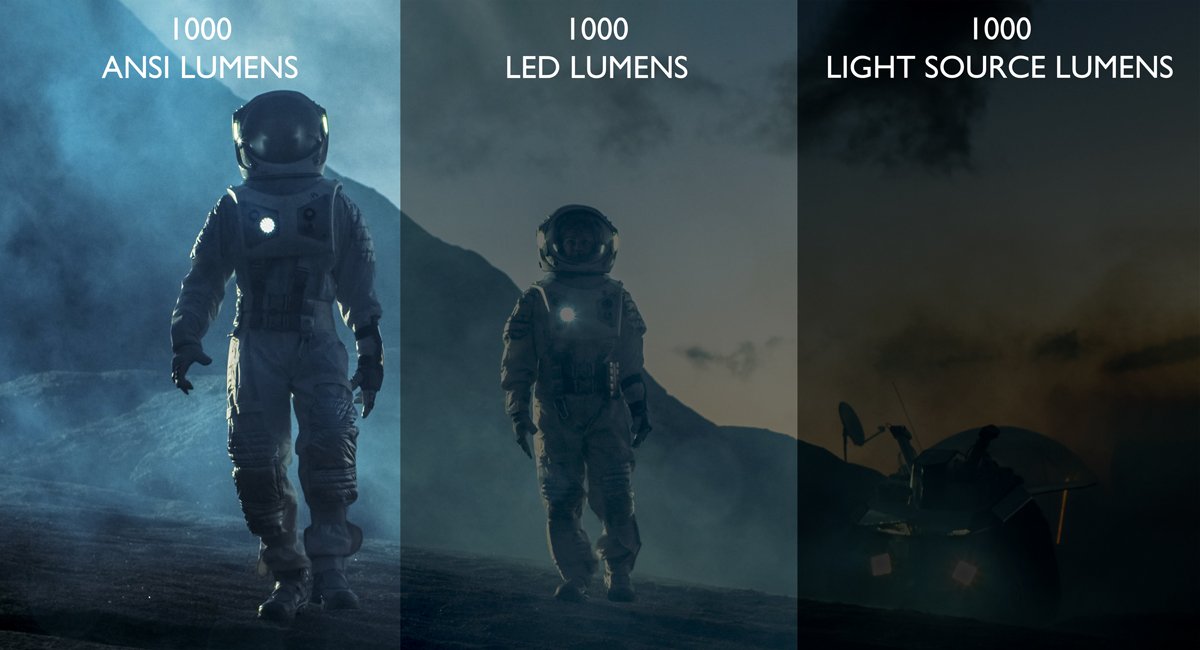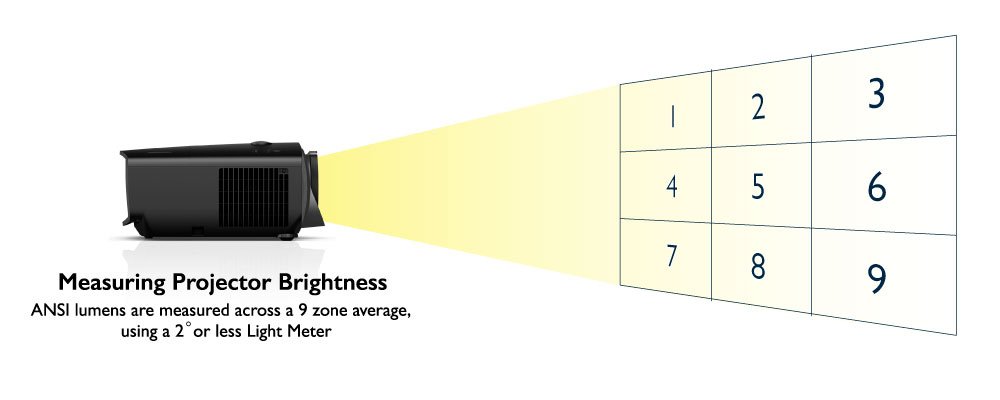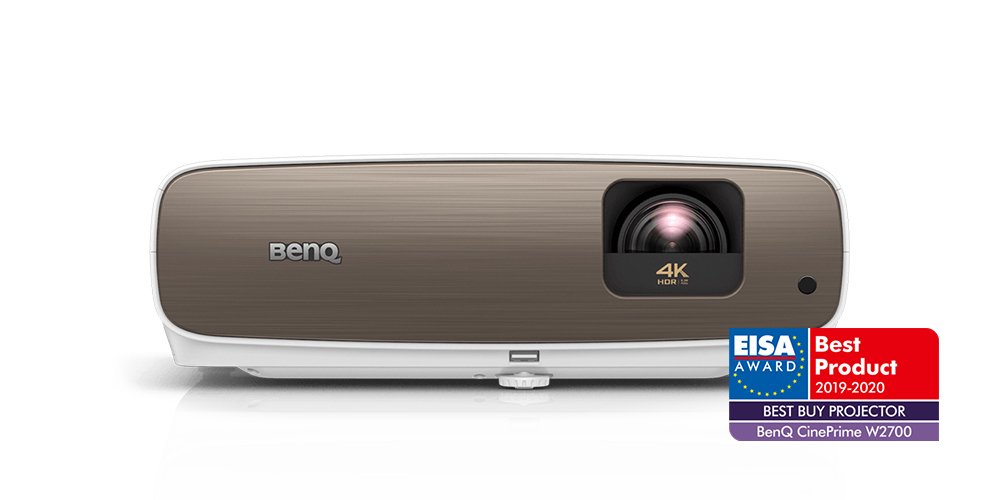Projectoren
Monitoren
Verlichting
Interactieve Displays | Signage
Werken & leren op afstand
Store
BenQ Nederland respecteert uw privacy. Wij gebruiken cookies en soortgelijke technologieën om ervoor te zorgen dat u de beste ervaring krijgt wanneer u onze website bezoekt. U kunt deze cookies accepteren door te klikken op "Cookies accepteren", of klik op "Alleen noodzakelijke cookies" om alle niet-essentiële technologieën te weigeren. U kunt uw cookie-instellingen te allen tijde aanpassen. Bezoek voor meer informatie ons Cookiebeleid en Privacybeleid.
Sommige essentiële toepassingen op de BenQ-sites werken gewoon niet zonder cookies. En als andere cookies gedeactiveerd zijn, kan dat van aanzienlijke invloed zijn op de manier waarop u van onze services gebruik kunt maken.
Controleer uw onderstaande cookie-instellingen en activeer degene die u het best van pas komen.
“Strikt noodzakelijke” cookies kunnen niet worden gedeactiveerd, maar functionele cookies en prestatiecookies kunt u hieronder deactiveren. Meer informatie over cookies en wat ze doen vindt u op onze andere pagina's.
Als u ervoor heeft gekozen cookies van derden in uw browser te blokkeren, worden uw voorkeursinstellingen voor cookies niet doorgegeven van benq.eu aan benq.xx en vice versa. Zorg ervoor uw voorkeuren voor cookies op beide plaatsen in te stellen.
On
Deze cookies zijn essentieel voor navigeren op de website en gebruik van de toepassingen. Zonder deze cookies kunnen bepaalde services waarom u heeft gevraagd niet worden geleverd.
On
Off
Deze cookies stellen de website in staat de door u gemaakte keuzes te onthouden. De site functioneert zo beter en kan aan u persoonlijk worden aangepast.
On
Off
Deze cookies helpen de prestaties van BenQ te verbeteren. Als u advertentiecookies wilt weigeren, deactiveer dan de prestatiecookies.
BenQ Nederland respecteert uw privacy. Wij gebruiken cookies en soortgelijke technologieën om ervoor te zorgen dat u de beste ervaring krijgt wanneer u onze website bezoekt. U kunt deze cookies accepteren door te klikken op "Cookies accepteren", of klik op "Alleen noodzakelijke cookies" om alle niet-essentiële technologieën te weigeren. U kunt uw cookie-instellingen te allen tijde aanpassen. Bezoek voor meer informatie ons Cookiebeleid en Privacybeleid.
Duik in de feestelijke sfeer met onze lopende Eindejaars-aanbiedingen in de BenQ Store!
Bekijk al onze Eindejaars-aanbiedingen hierProjectoren
Monitoren
Verlichting
Interactieve Displays | Signage
Werken & leren op afstand
Store
Projectoren
Monitoren
Verlichting
Interactieve Displays | Signage
Werken & leren op afstand
Store
“Wait…this projector says its brightness is 1,000 lumens while that projector says its brightness is 2,400 lumens, and they’re the same price? That doesn’t seem right, is there something I’m missing?”

A common refrain for consumers looking for their first projector is to make sure they get the brightest projector they can. But when many of these consumers actually look into the issue, they end up facing a bigger puzzle: how to make sense of the various brightness specifications listed on the market. This issue is a result of the fact that some brands on the market tend to advertise brightness specs that are different than those used by most others. Of these various brightness specs a consumer might encounter, the most common are: ANSI brightness, LED brightness, and light source brightness.
Though the standard unit used for brightness, lumens, is used by all three types of brightness, the differences in their definitions cause their values to fluctuate wildly. This results in instances where a projector using ANSI lumens might list a value of 1,000 lumens, while another competing projector using LED lumens lists a value of 2,400 lumens. The question then becomes: if all of these types of brightness are measured in lumens, why are their values so drastically different?
Suffice it to say that the reason for this inconsistency is because each of the three types referenced above measures different aspects of a projector’s brightness. But before we go further into the differences between each type (we’ll get to that later), what most consumers really need is a quick way to convert the values of one type of brightness to another, which is what the tables below are for :
Convert LED Lumen to ANSI Lumen
| LED Lumen |
LED Lumen 120 → |
LED Lumen 300 → |
LED Lumen 480 → |
LED Lumen 1200 → |
LED Lumen 2400 → |
LED Lumen 2880 → |

| ANSI Lumen |
ANSI Lumen 50 |
ANSI Lumen 120 |
ANSI Lumen 200 |
ANSI Lumen 500 |
ANSI Lumen 1000 |
ANSI Lumen 1200 |
Convert Light Source Lumen to ANSI Lumen
| Light Source Lumen |
Light Source Lumen 830 → |
Light Source Lumen 2000 → |
Light Source Lumen 3300 → |
Light Source Lumen 8300 → |
Light Source Lumen 17000 → |
Light Source Lumen 20000 → |

| ANSI Lumen |
ANSI Lumen 50 |
ANSI Lumen 120 |
ANSI Lumen 200 |
ANSI Lumen 500 |
ANSI Lumen 1000 |
ANSI Lumen 1200 |
*Generally, ANSI Lumens multiplied by 1.3~2.4, approximately equal to LED Lumens.
**ANSI Lumens divided by 0.04~0.06, approximately equal to Light Source Brightness Lumens
Analyzing the tables, one might notice the one constant between them: ANSI brightness. The reason why this is, is due to how each brightness measure is defined.

ANSI brightness is brightness defined by the American National Standards Institute, which involves taking several brightness readings at different points of a projected white screen and averaging them together.
LED brightness is a brightness used by some manufacturers that attempts to quantify the added brightness that is perceived by the human eye as a result of highly-saturated colors, also known as the Helmholtz–Kohlrausch (HK) effect.
Light source brightness is the brightness measured directly from the projector’s light source, prior to any of the effects of the projector’s imaging components.

Based on these definitions, the reason why ANSI brightness acts as the standard for measuring brightness (as shown in the tables above) becomes more apparent. This is because ANSI brightness, as indicated in its name, is the only brightness measure which uses a standard, scientific methodology that is certified by an international body. This gives ANSI brightness measures a reliability that is not present in other brightness measures which may rely on arbitrary factors (as in how the HK effect is measured for LED brightness) or present an indirect brightness value (as in how light source brightness omits the negative effects a projector’s internal components has on its end brightness) to produce misleading/inflated numbers.

The American National Standards Institute (ANSI) is a private, non-profit organization that administers and coordinates the U.S. voluntary standards and conformity assessment system. Founded in 1918, the Institute works in close collaboration with stakeholders from industry and government to identify and develop standards- and conformance-based solutions to national and global priorities.
Thanks for your feedback!
Schrijf je in voor de Nieuwsbrief
Blijf op de hoogte van productlanceringen, nieuws en exclusieve voordelen.
Schrijf je in!

